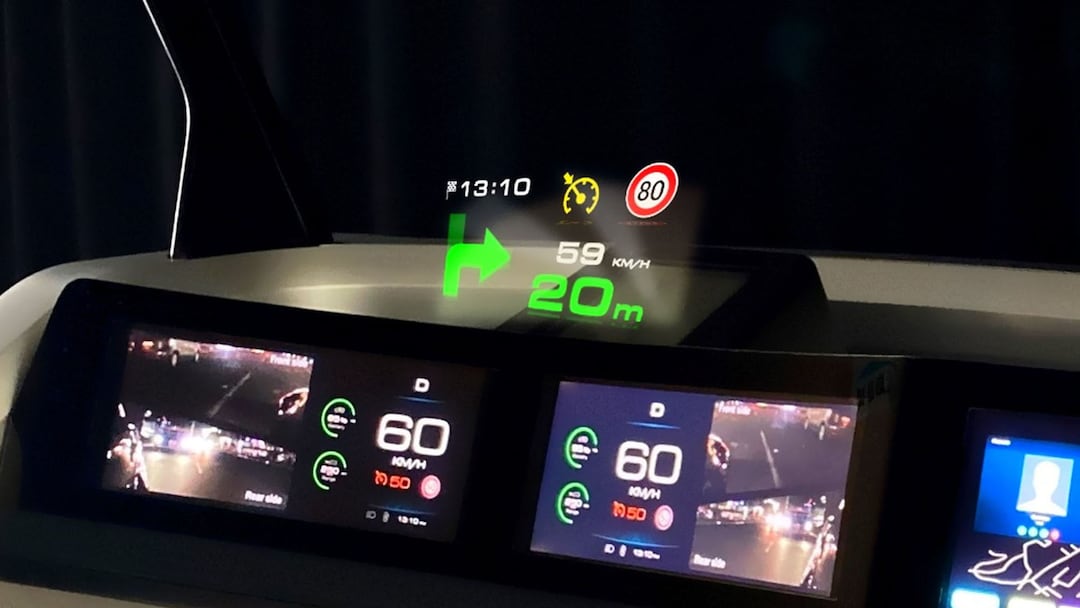Innovative Automotive Display Technologies at CES 2020
The Byton M-Byte’s jumbo 48-inch interior screen grabbed headlines; however, it was not the only innovative display technology showcased at CES 2020. This article highlights three standout technologies that are set to redefine the automotive experience.
Continental 3D Lightfield Centerstack
“Flat was yesterday,” proclaims the fact sheet explaining this cutting-edge screen technology from Continental, which is slated for rollout in 2023. The screen employs liquid-crystal technology with LED backlighting, while a diamond-like diffuser creates a striking 3D effect. Observers will experience perfect three-dimensional visuals from a straight-on view, and moving one’s head side to side reveals eight cones of perception. As one approaches the cone’s border, the image appears to invert, offering a unique visual experience. Moreover, the 3D Lightfield features haptic feedback, enhancing user interaction.

Funai Electric Holographic Touch Display
Japanese consumer electronics company Funai Electric presented an impressive holographic display. The screen is mounted flush at the top of the instrument panel, creating the illusion of a head-up display that hovers above the dashboard when viewed from the driver’s seat. This innovative display is not only visually striking but also supports touch interaction, potentially enhancing driver focus and safety.

TanvasTouch for Automotive
Developed by Tanvas, a spinoff from Northwestern University’s Neuroscience and Robotics Lab, this new haptic touchscreen technology is being commercialized alongside Taiwan/Netherlands display supplier InnoLux. Unlike conventional haptic screens that vibrate the entire surface, Tanvas utilizes electro-adhesion to create a tactile experience without the intrusive vibration. As a finger drags across the screen, the technology instantly adheres or releases the digit, offering users feedback that can mimic various textures. This innovative design is scalable for screens of any size and is poised to compete effectively in the market.
These groundbreaking display technologies unveiled at CES 2020 illustrate the incredible potential for enhancing the automotive experience through innovative design and advanced user interaction. As we look to the future of automotive technology, it’s evident that display advancements will play a critical role in shaping how we engage with vehicles.




